During this visit, which was very well organised by the Indian Ministry of External Affairs, Jean-Marie Aurand met in Delhi with the heads of the different relevant ministerial departments and institutions: the Ministry of External Affairs, Ministry of Agriculture, Ministry of Food Processing Industries and the Ministry of Commerce.
The Director General presented the different activities of the OIV and expressed a desire that the participation of Indian experts in the various work projects of the OIV be strengthened.
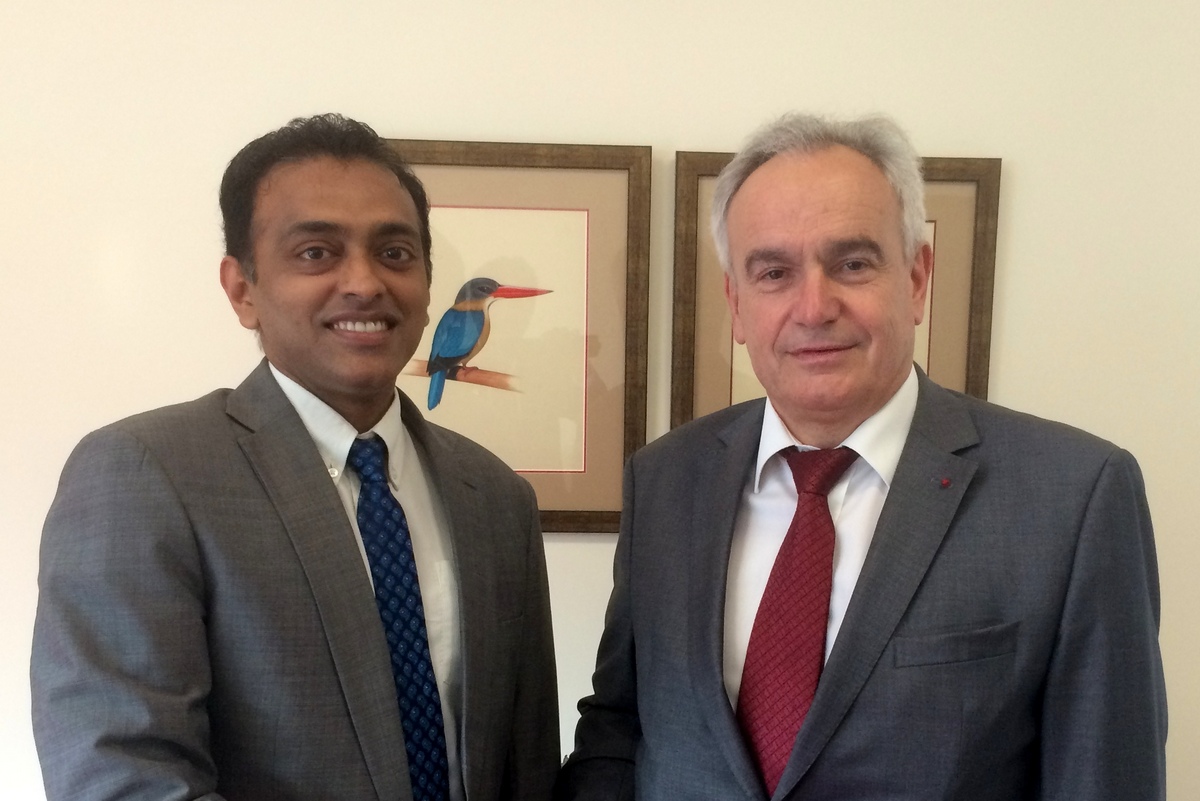
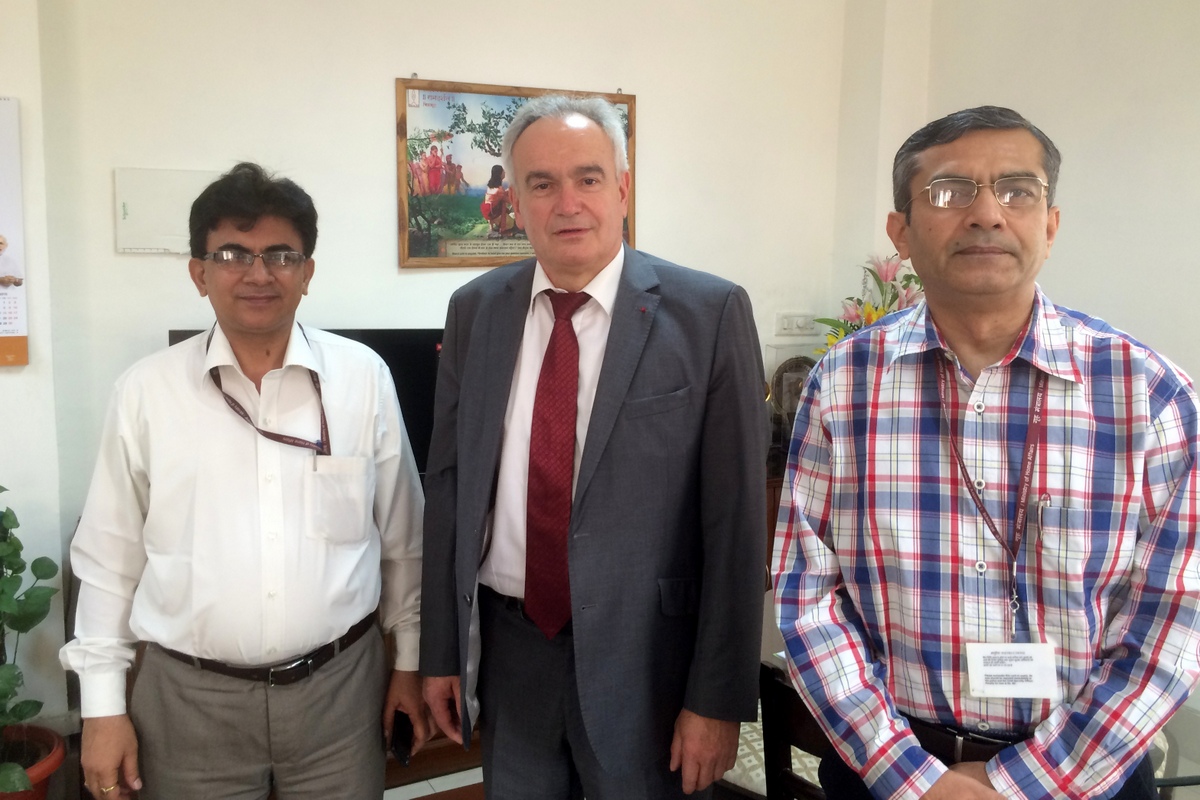
This desire was largely shared by the diverse representatives within a context in which India declared its ambitions with regard to development of the vitivinicultural sector, not only for the production of table grapes and dried grapes, but also for wine.
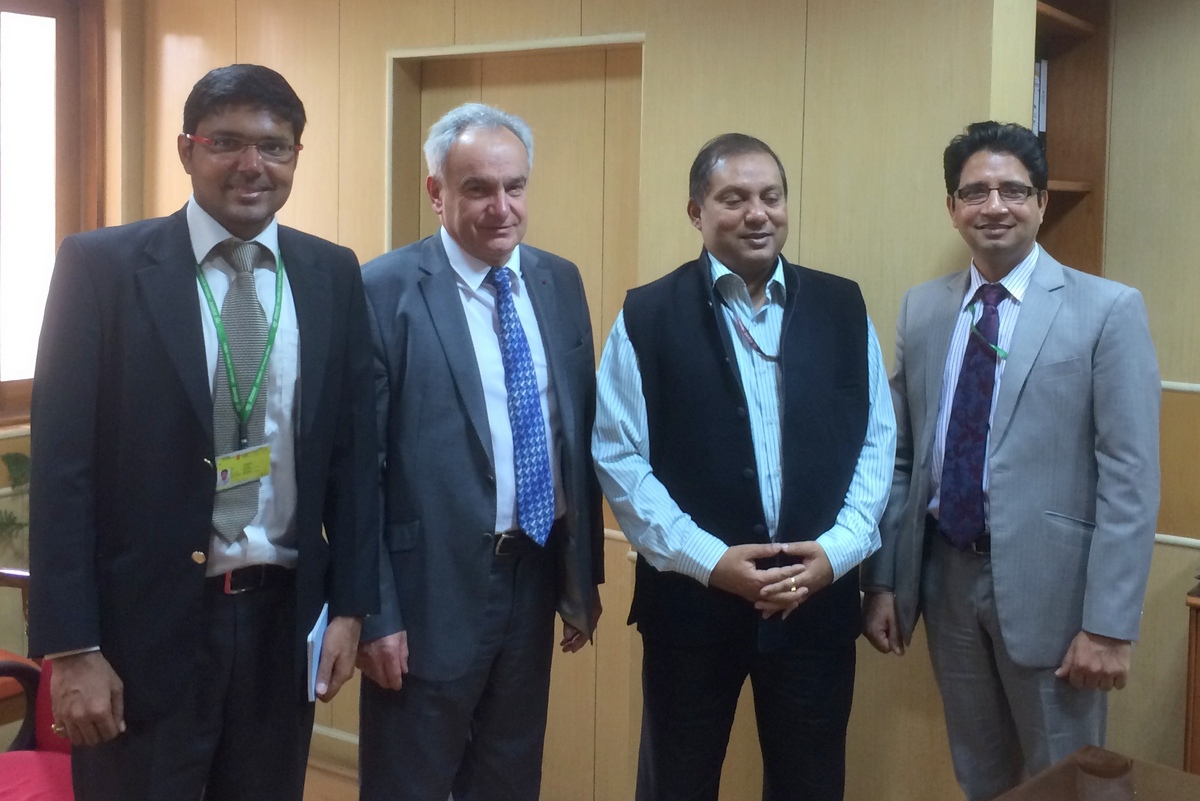
During a meeting with the Chairperson of the Food Safety and Standards Authority, Jean-Marie Aurand stressed the importance attached to the international harmonisation of standards and oenological practices in order to improve conditions for the production and marketing of wines. The action of the OIV goes to the heart of these concerns, particularly through the International Code of Oenological Practices, upon which numerous national and international regulations are based.
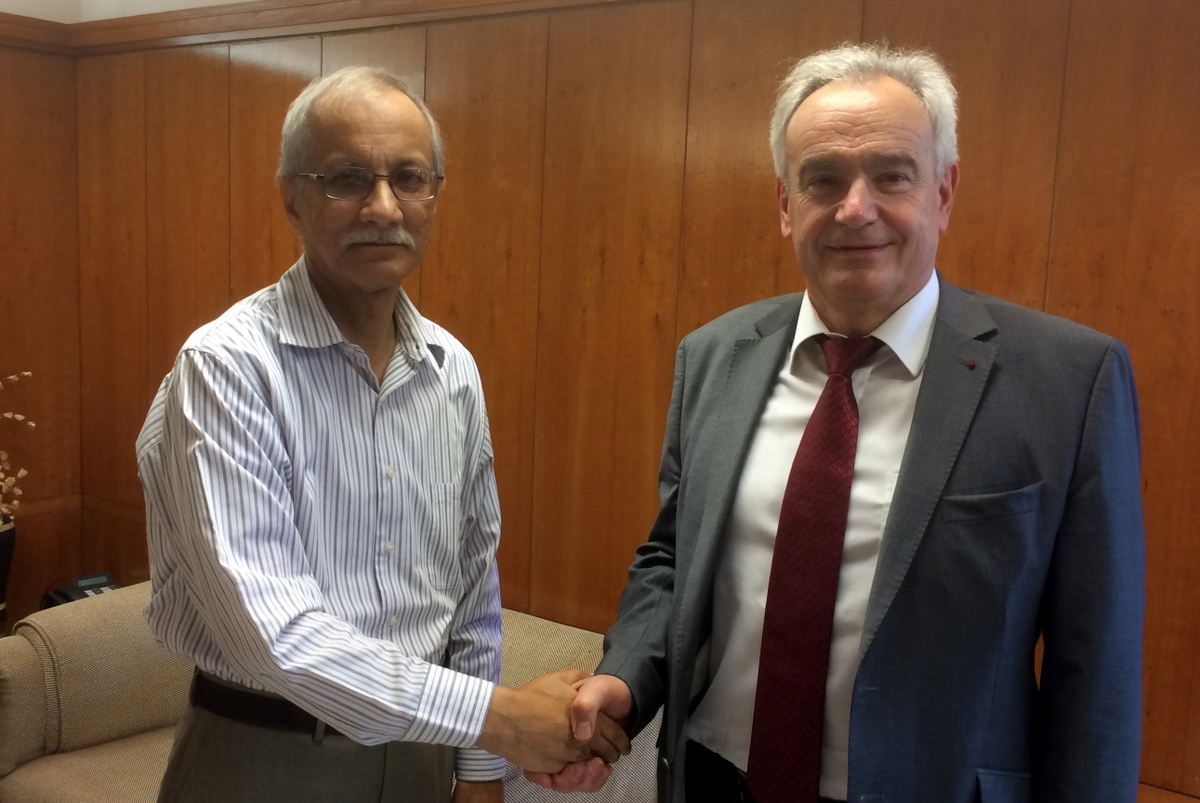
The contacts made in Delhi were followed by a meeting with the Director of the National Research Centre for Grapes in Pune, another with the representatives of the All India Wine Producers Association and a visit to the vineyards of the Sula group in Nashik – the leading company in the national vitivinicultural sector.
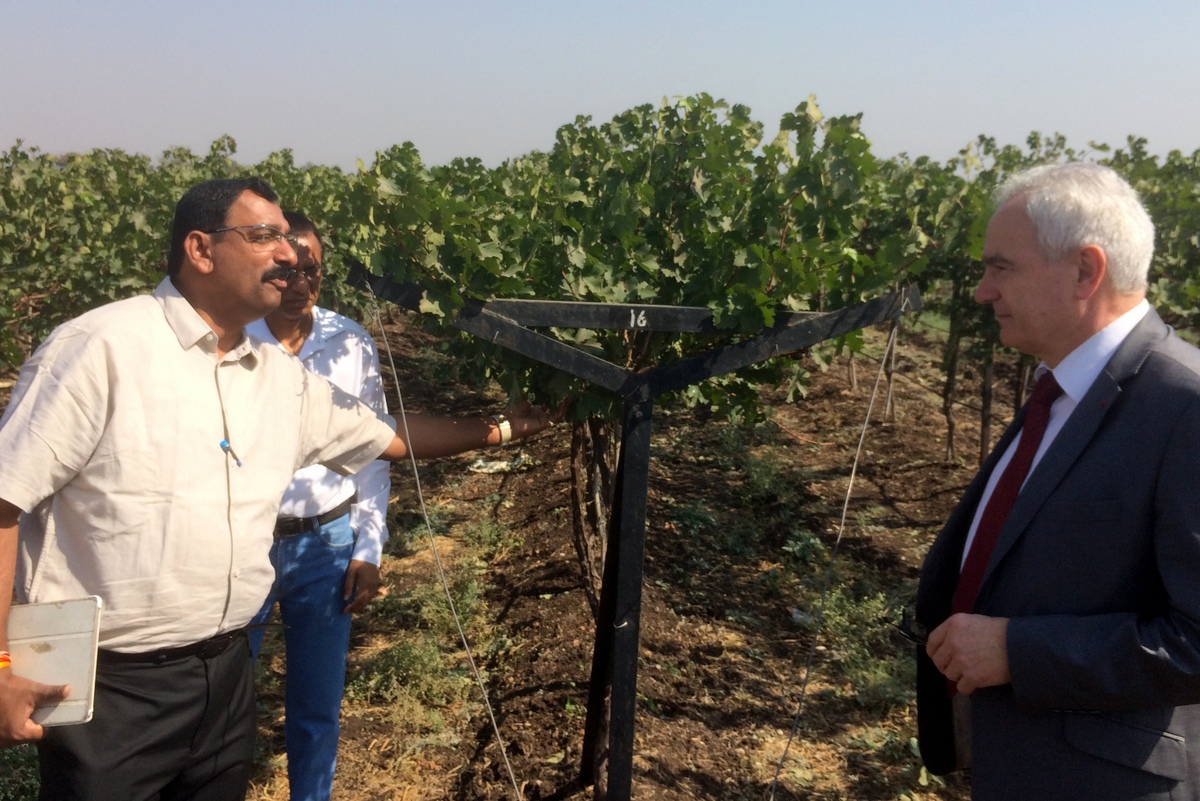
India has a vineyard surface area of 120,000 ha, 90% of which is dedicated to the production of table grapes and dried grapes. Globally, India is one of the top five producers of table grapes, which it exports mainly to Western markets and to the Middle East. This counter seasonality of this production greatly adds to its value.
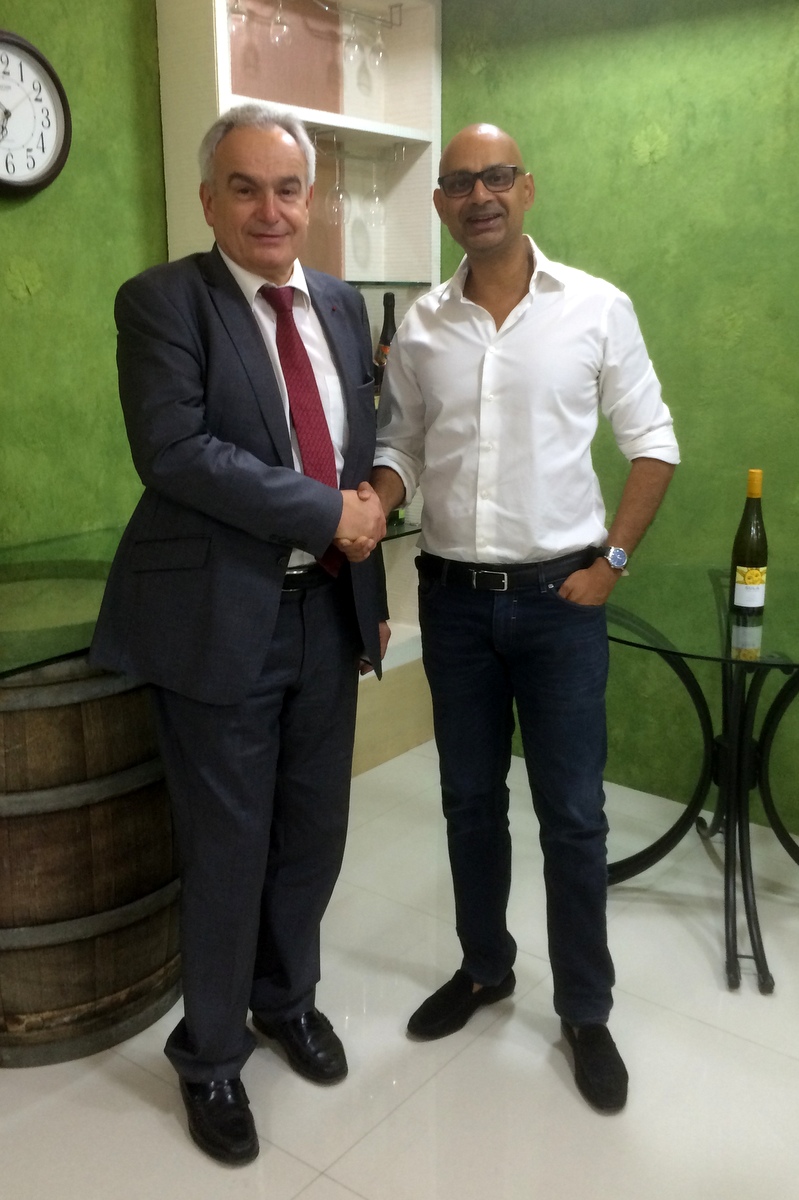
Wine production is steadily developing, driven by a growth in consumption. It reached 175,000 hL in 2014, having doubled in 10 years.
Consumption increased tenfold, with a significant rise since 2007 (from 19,000 hL in 2007 to 190,000 hL in 2014).